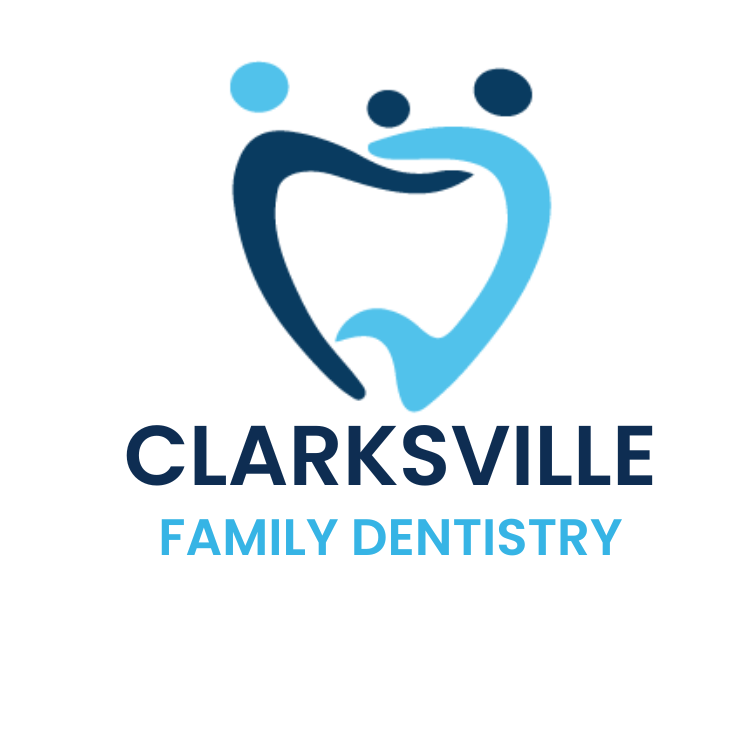
What Can I Eat After Having a Tooth Extracted?
One of the most common questions following a tooth extraction is, “What can I eat?” Understandably, patients may experience discomfort and require a brief recovery period after the procedure. However, there’s a variety of foods you can enjoy during the healing process.
What to Eat After Tooth Extraction:
For the initial 24 hours post-extraction, stick to soft foods and liquids. As you progress, gradually reintroduce your normal diet. During the recovery phase, opt for easy-to-chew options like:
- Cool Foods: Yogurt, ice cream, pudding, and Jell-O provide soothing relief to tender mouths.
- Scrambled Eggs: High in protein and easy to consume, scrambled eggs are a nutritious choice.
- Mashed Potatoes: Soft and comforting, mashed potatoes are gentle on sore gums.
- Broth-based Soups: Opt for smooth soups without large meat chunks, ensuring ease of consumption.
What Not to Eat:
Avoid hot foods, alcoholic beverages, and hard, chewy, or crunchy foods for at least a week post-extraction. Steer clear of chips, nuts, and popcorn to prevent irritation or injury to the healing area.
Final Tips:
Follow your dentist’s aftercare instructions diligently. If you’re unsure about any dietary restrictions or experiencing complications, don’t hesitate to contact your dental office for guidance.
